At least 16 million Americans suffer from rosacea, an incurable but manageable skin condition that affects both men and women.
While it can affect any individual – regardless of gender, lifestyle, or ethnicity, it’s known to mainly affect fair-skinned people or those who blush a lot, more than others. Unfortunately, there is no cure.
However, there is a way to manage the condition. As each case is different, a treatment plan must be tailored to the individual patient by a medical professional.
What is Rosacea?
Rosacea is a reddening of the skin that normally occurs after the age of 30. It can come and go and normally centers around the cheeks, nose, forehead, chin, or even the neck, ears, scalp, or chest. Without treatment, rosacea can become more irritable, causing skin – particularly around the nose – to become lumpy, bumpy, or swollen.
There is no ‘one size fits all’ approach to treatment for this condition, purely because there isn’t just one type. There are, in fact, four subtypes of rosacea. All of which affect individuals differently. Type 1 consists of flushing of the skin, constant levels of redness, and sometimes even visible blood vessels on the cheeks. Type 2 follows along the same lines, but also includes noticeable bumps and pimples.
Type 3 is a little more severe and includes thickening of the skin and excess tissue around the nose, while Type 4 is the worst of all, with people suffering from eye irritation, burning, vision loss, recurrent styes, and even corneal damage.
How can I treat Rosacea?
As all cases of rosacea are different, a medical professional can assess the severity of your condition before putting together a treatment plan. This plan might include various topical creams, or it might even consist of making dietary changes where particular foods result in a flare-up of the condition. In some cases, doctors will also recommend altering your skincare regime to include non-irritant skincare products, as well as laser treatment to remove visible blood vessels.
How do I know I have Rosacea?
To be diagnosed, you must seek help from a medical professional. While your symptoms may match those that accompany rosacea, it’s important you rule out any other medical conditions as well. There are many different symptoms, but you’re unlikely to suffer from all of them. In fact, mild cases of rosacea such as Type 1 can mean a rosacea suffer may only notice redness or flushing.
Symptoms can include redness similar to sunburn, pimples akin to acne, blood vessels becoming visible, eye irritation, tightness, burning or irritation of the skin, dry skin, or raised red patches. In severe cases, you might also notice your skin is becoming thicker – particularly around the nose – as well as facial swelling, or redness developing on the ears, scalp, chest, or neck.
How is Rosacea different from Eczema and Psoriasis?
While rosacea, eczema and psoriasis may look similar, they are completely different conditions, with different treatment methods as well. Rosacea affects mainly women from the age of 30, whereas psoriasis, a condition that tends to run in families, can affect anyone of any age. Eczema also runs in families but tends to develop at an early age, with almost half of children growing out of it before adulthood.
If you believe you, or someone you love, may suffer from rosacea or any other skin condition, it’s crucial that you see a doctor. Do not self-diagnose, and ensure you seek medical help before trying different topical creams and treatment methods.



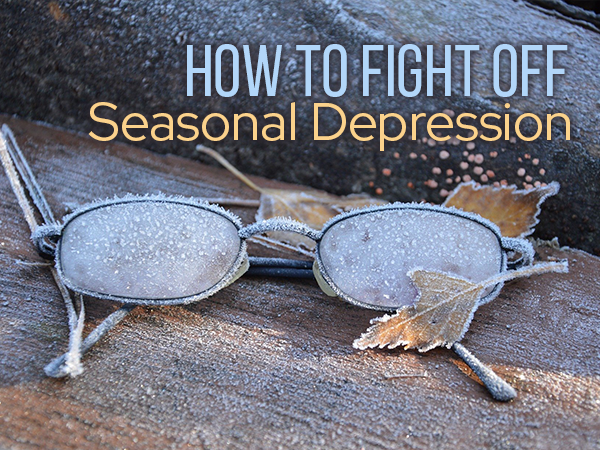
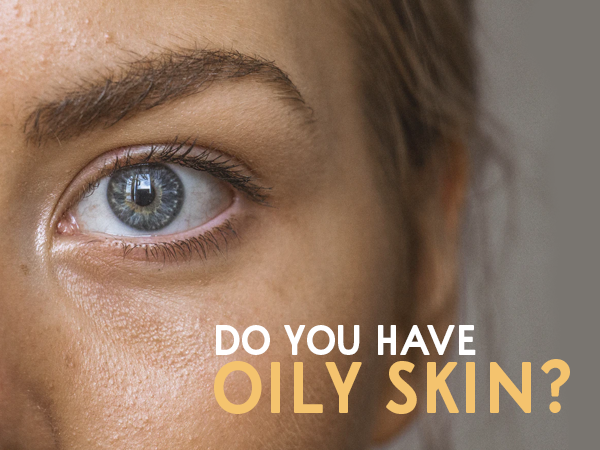

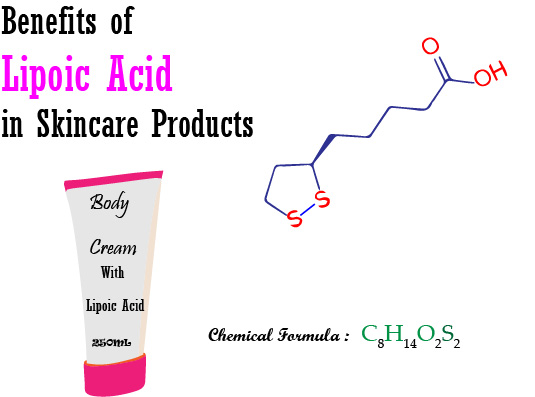
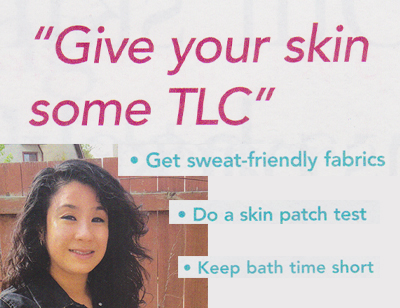



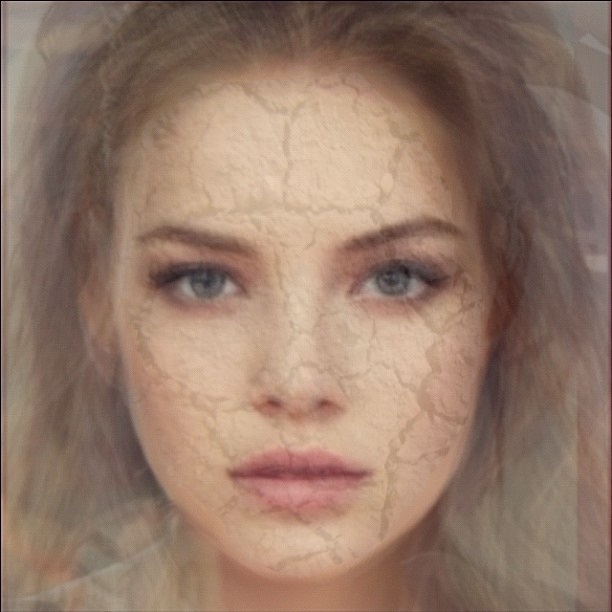




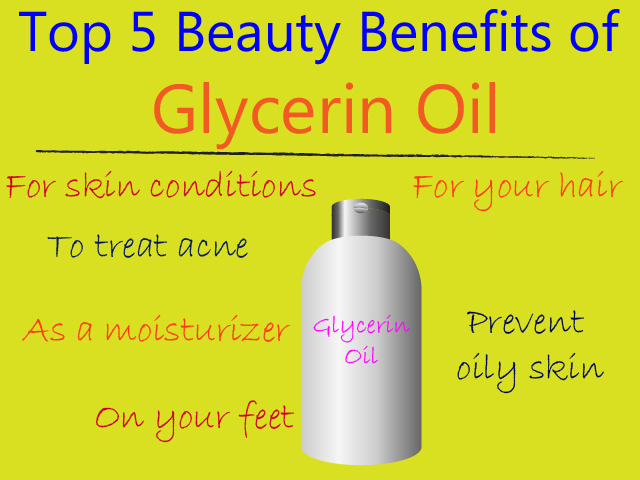
Helllo!! My name is Sou
I have lived with Eczema my whole life and it has been a constant battle. Welcome to my journey! Let's battle this together!